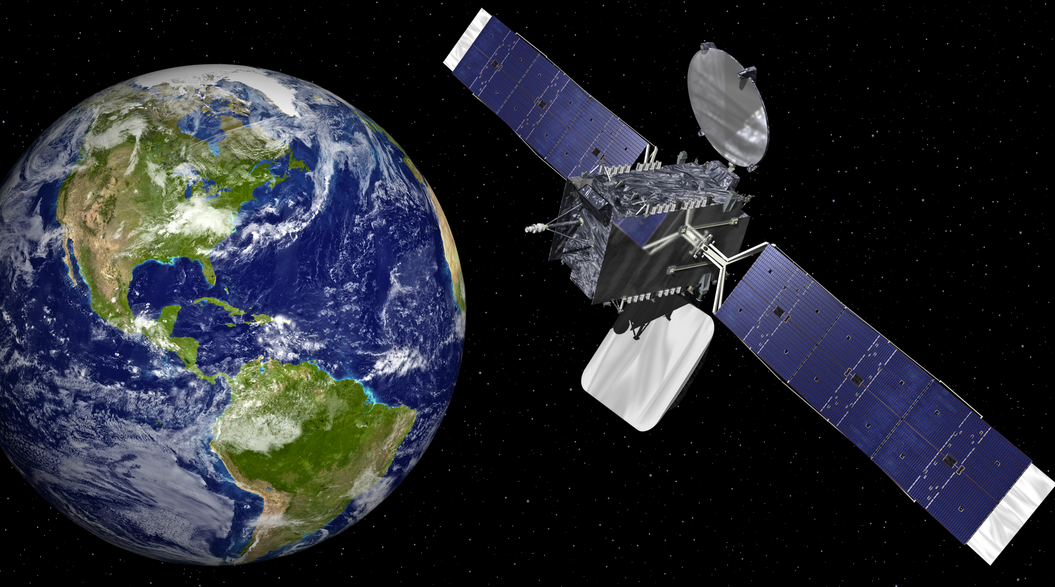[SatNews] Mexico confirmed that it expects to launch its Centenario satellite on 29 April.

The Bicentenario Satellite, part of the overall Mexsat system. Photo: Orbital Sciences
The Centenario satellite will be launched from Baikonur, Kazakhstan, by International Launch Services. The Proton M launch vehicle, utilizing a 5-burn Breeze M mission design, will lift off from Pad 39 at 13:07 local time (2:07 am Mexico time, 7:07 am GMT) from the Baikonur Cosmodrome in Kazakhstan, with the Centenario satellite on board.
The first three stages of the Proton utilize a standard ascent profile to place the orbital unit (Breeze M upper stage and the Centenario satellite) into a sub-orbital trajectory. From this point in the mission, the Breeze M will perform planned mission maneuvers to advance the orbital unit first to a circular parking orbit, then to an intermediate orbit, followed by a transfer orbit, and finally to a geosynchronous transfer orbit. Separation of the Centenario satellite will occur approximately 9 hours, 13 minutes after liftoff.
Mexico also expects to launch the Morelos 3 satellite, possibly in October 2015 from Cape Canaveral, in Florida, according to a previous report. These two new satellites will complete the three-satellite system Mexsat, which already consists of the Bicentenario satellite, launched in 2012 and providing internet services to 5,000 public locations via the Mexico Connected program. These two new satellites will be used for mobile communications.
Launch Time:
- 13:07 Baikonur
- 11:07 Moscow
- 02:07 Mexico
- 07:07 GMT
- 03:07 EDT
Launch Customer: The Secretaria de Comunicaciones y Transportes (SCT)
Satellite Manufacturer: Boeing Satellite Systems International, California, USA
Launch Vehicle Manufacturer: Khrunichev State Research and Production Space Center, Moscow, Russia
Launch Services Provider: International Launch Services, Virginia, USA
Spacecraft Separation: Approximately 9 hours and 13 minutes after lift-off
Weighing over 5.3 metric tons at lift-off, the Centenario satellite is a fourth generation Boeing satellite to serve Mexico and the first 702HP Geomobile satellite. Centenario will provide mobile satellite services to support national security, civil and humanitarian efforts and will provide disaster relief, emergency services, telemedicine, rural education, and government agency operations The satellite carries a 22 meter L-band reflector that enables connectivity to handheld terminals, complemented by a 2-meter Ku-band antenna. The Centenario satellite ispart of an end-to-end satellite communications system that provides 3G+ communications services for voice, data, video and Internet access to terminals on multiple platforms. This next-generation satellite system for Mexico consists of three satellites, two ground sites and associated network operations. It is Mexico’s next-generation satellite communications system.
The webcast of the Centenario mission can be seen at: http://centenario.imgondemand.com
Live streaming will begin approximately 15 minutes before lift-off.

